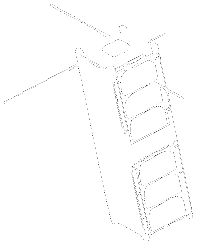
STF-1
Last Contact: February 16th, 2024
Deorbited: February 21st, 2024
Meet STF-1
The primary focus of this mission, Simulation-to-Flight 1 (STF-1), was to demonstrate the utility of the NASA Operational Simulator for Small Satellite (NOS3) technologies across the small satellite development cycle, from concept planning to mission operations.
The STF-1 mission was also equipped with a set of science experiments developed by West Virginia University faculty and students in the areas of space weather, performance and durability of III-V Nitride-based materials, and navigation.
LEARN MORE
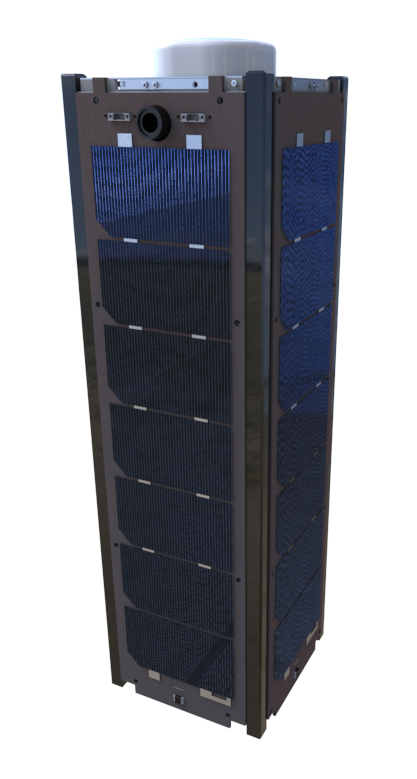
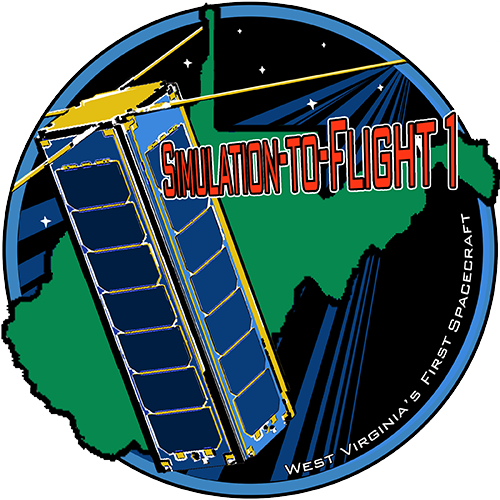
With the independent test capability (ITC) team's development of the STF-1 mission flight software (FSW), a SmallSat simulation-based test environment was the next logical step for integration of ITC simulation technologies. In a spacecraft simulation, there is a combination of different devices, such as the processor board, communication systems, science instruments, and data recorders. These devices are interconnected using a variety of methods, and the NOS3 tool suite provides the mechanisms to enable complete compatibility.
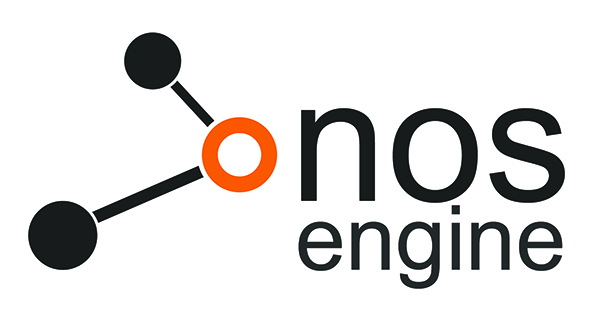
NOS Engine provides a simulated communication system between the various components in a software simulation. Using a communication middleware provides important advantages compared to directly integrating components. NOS Engine provides a mechanism, called an interceptor, to interfere with message traffic. An interceptor is a client on the communication path for messages and replies, allowing it to view, modify, and block them as desired.
LEARN MORE
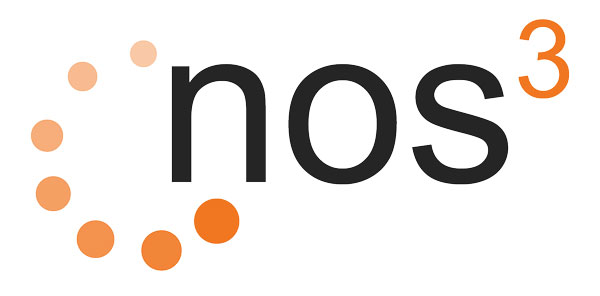
The NASA Operational Simulator for Small Satellites (NOS3) is a suite of tools developed by NASA IV&V to aid in areas such as software development, integration & test (I&T), mission operations/training, verification and validation (V&V), and software systems check-out. NOS3 provides a software development environment, a multi-target build system, an operator interface/ground station, dynamics and environment simulations, and software-based hardware models.
LEARN MORE
stf-1@wvu:~/West-Virginia-University-Research (development)$
SPACE WEATHER
The space environment and space weather experiment contained a solid-state detector that was used to measure the flux of electrons precipitating from the plasma sheet. Additionally, a Langmuir probe was used to measure electron density and temperature of the ionosphere.
LEARN MORE
III-V NITRIDE BASED MATERIALS
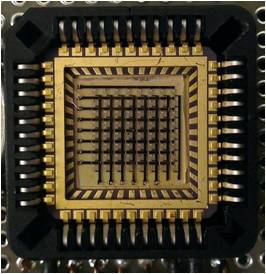
The III-V Nitride experiment consisted of a precision optoelectronic sensor module containing arrays of light emitting diodes (LEDs) and photodiodes (PDs), which were used for short-range distance measurement and shape rendering.
LEARN MORE
MEMS IMU SWARM
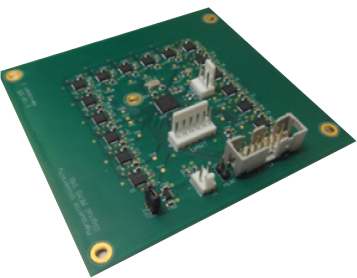
The Microelectromechanical System (MEMS) Inertial Measurement Unit (IMU) swarm, which was being developed under a Small Satellite Technology Partnership (SSTP), consisted of a large cluster of small IMUs. By employing this IMU swarm, STF-1 was able to overcome existing flight-ready obstacles such as size, weight, and power (SWaP) constraints caused by SmallSats.
LEARN MORE
PRECISE ORBIT DETERMINATION
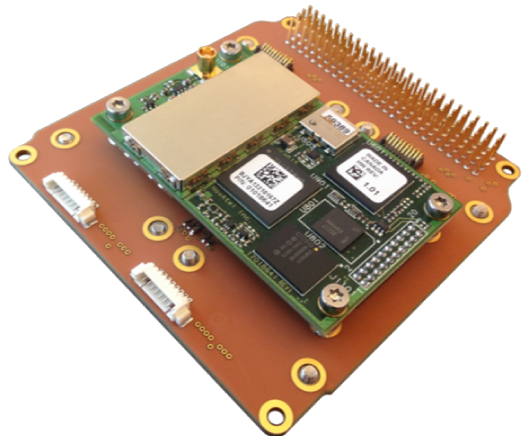
The Global Navigation Satellite System (GNSS) Receiver and Precise Orbit Determination experiment employed a Novatel OEM615 GPS receiver and is capable of precise positioning while consuming minimal power.
LEARN MORE

